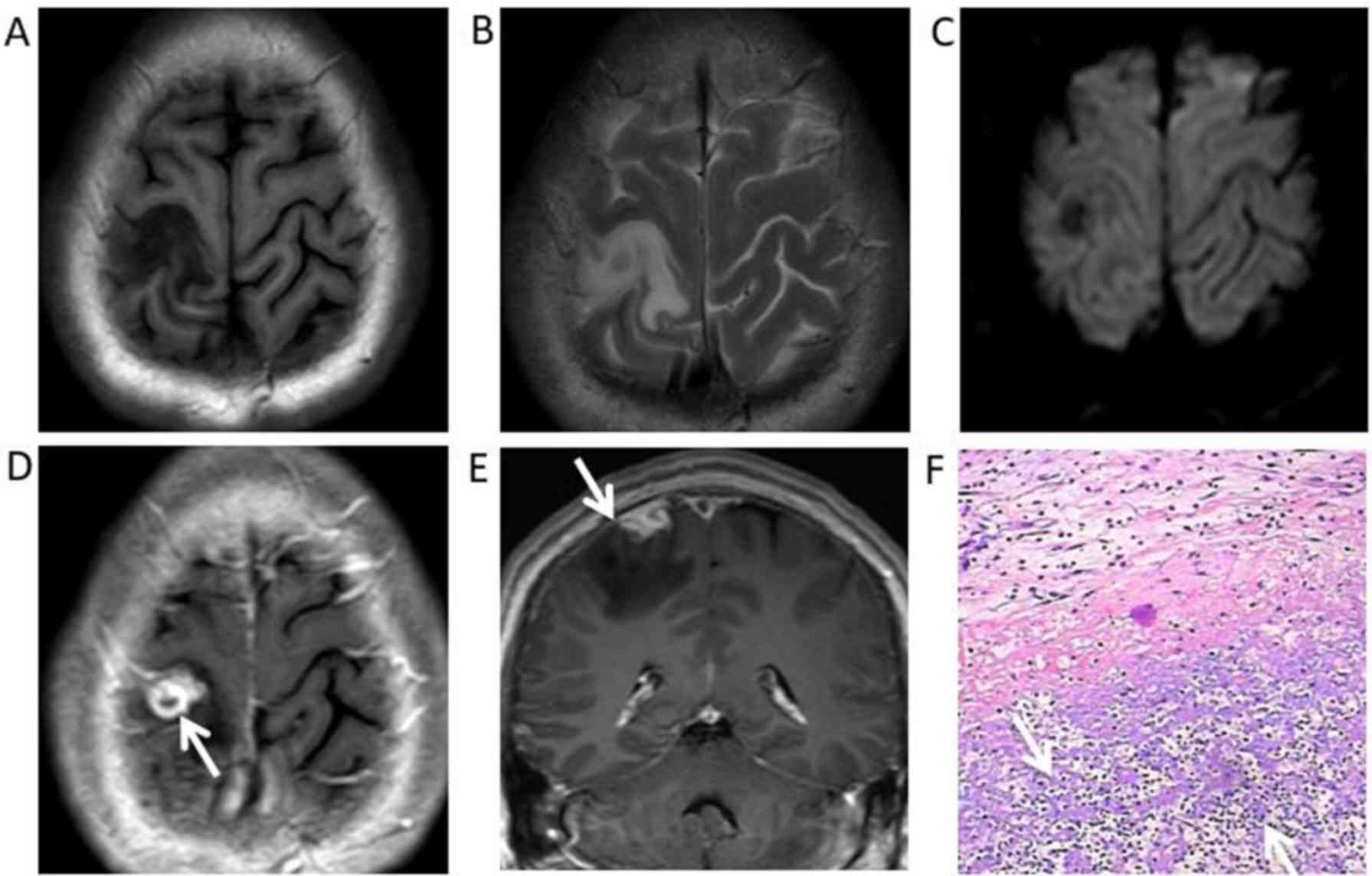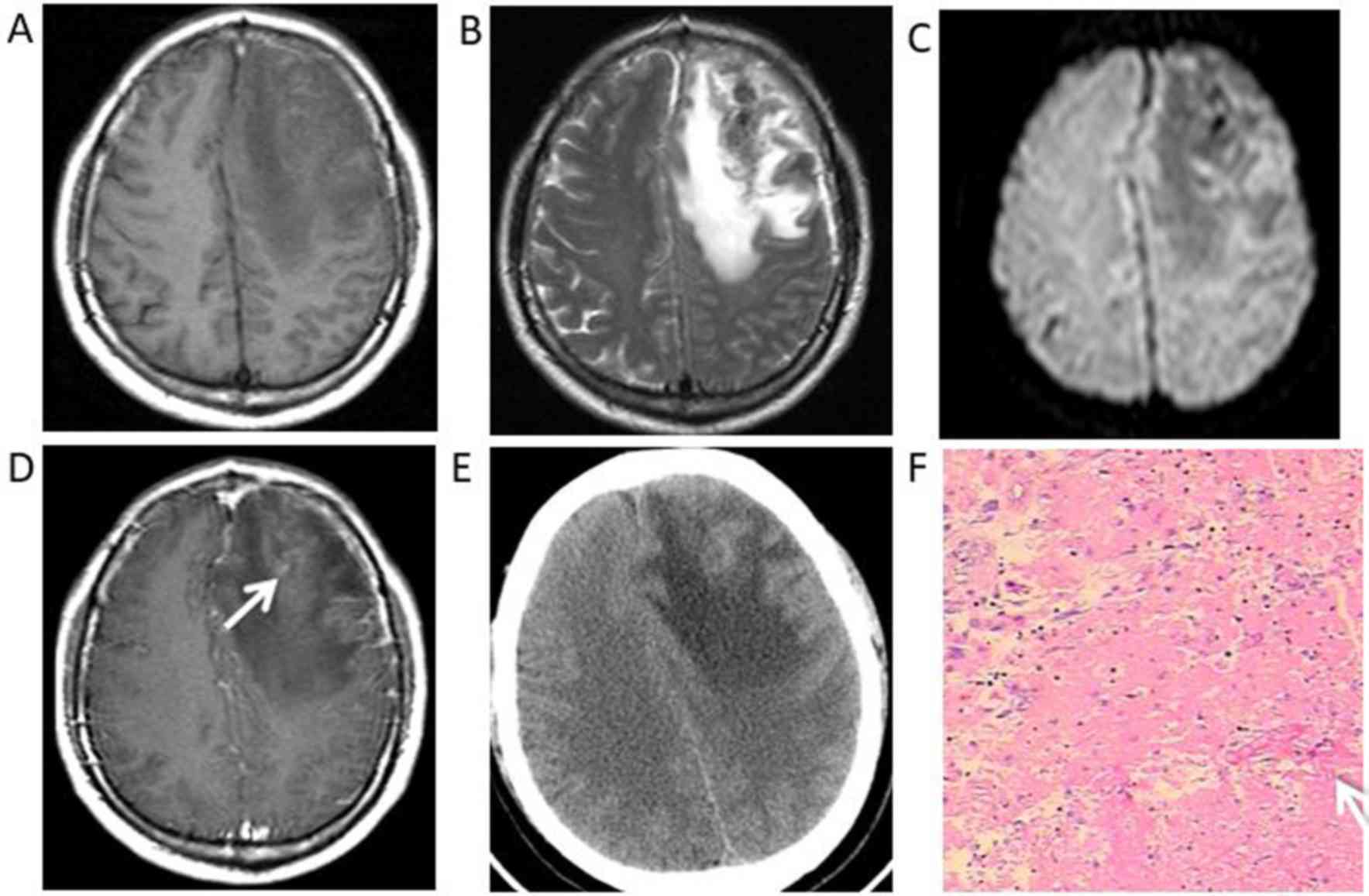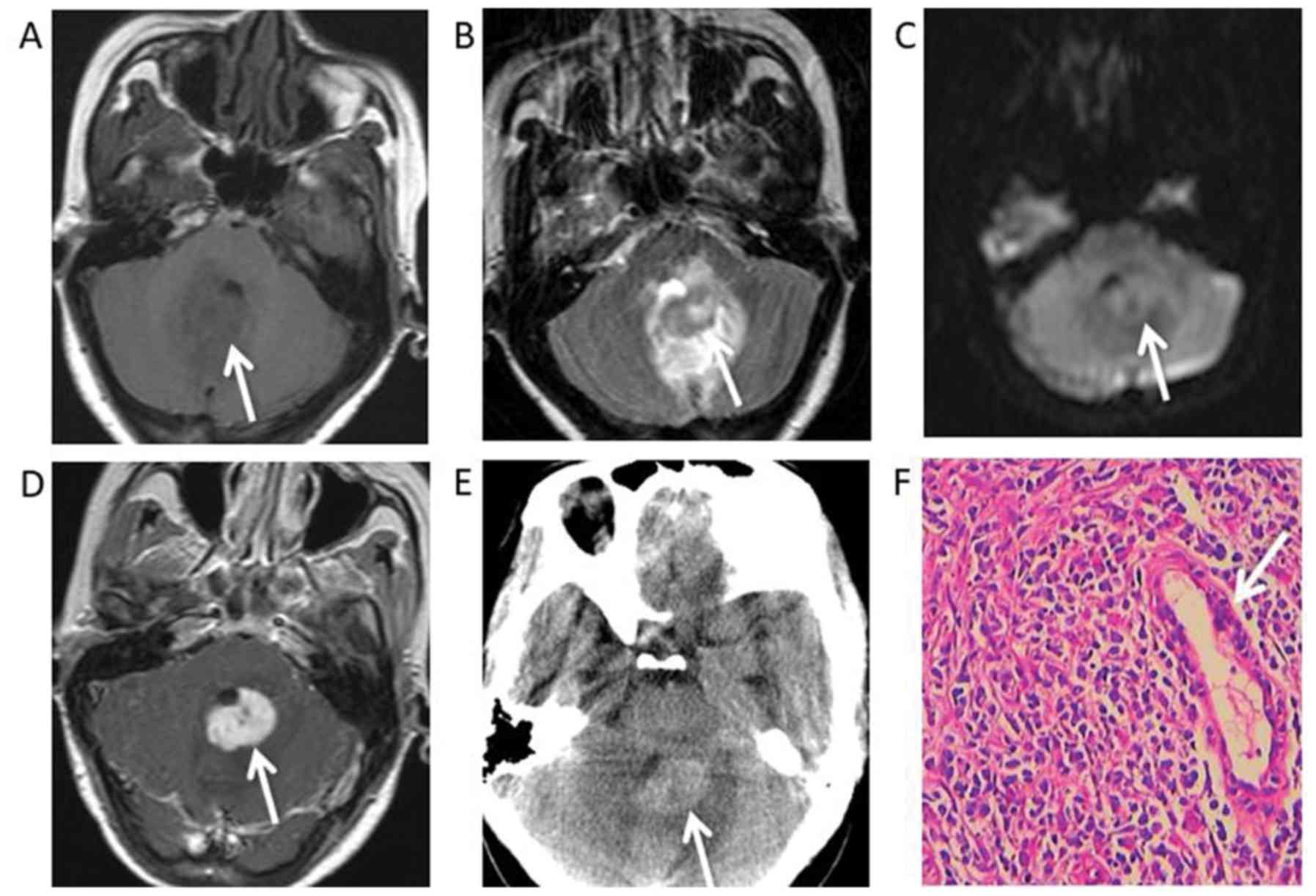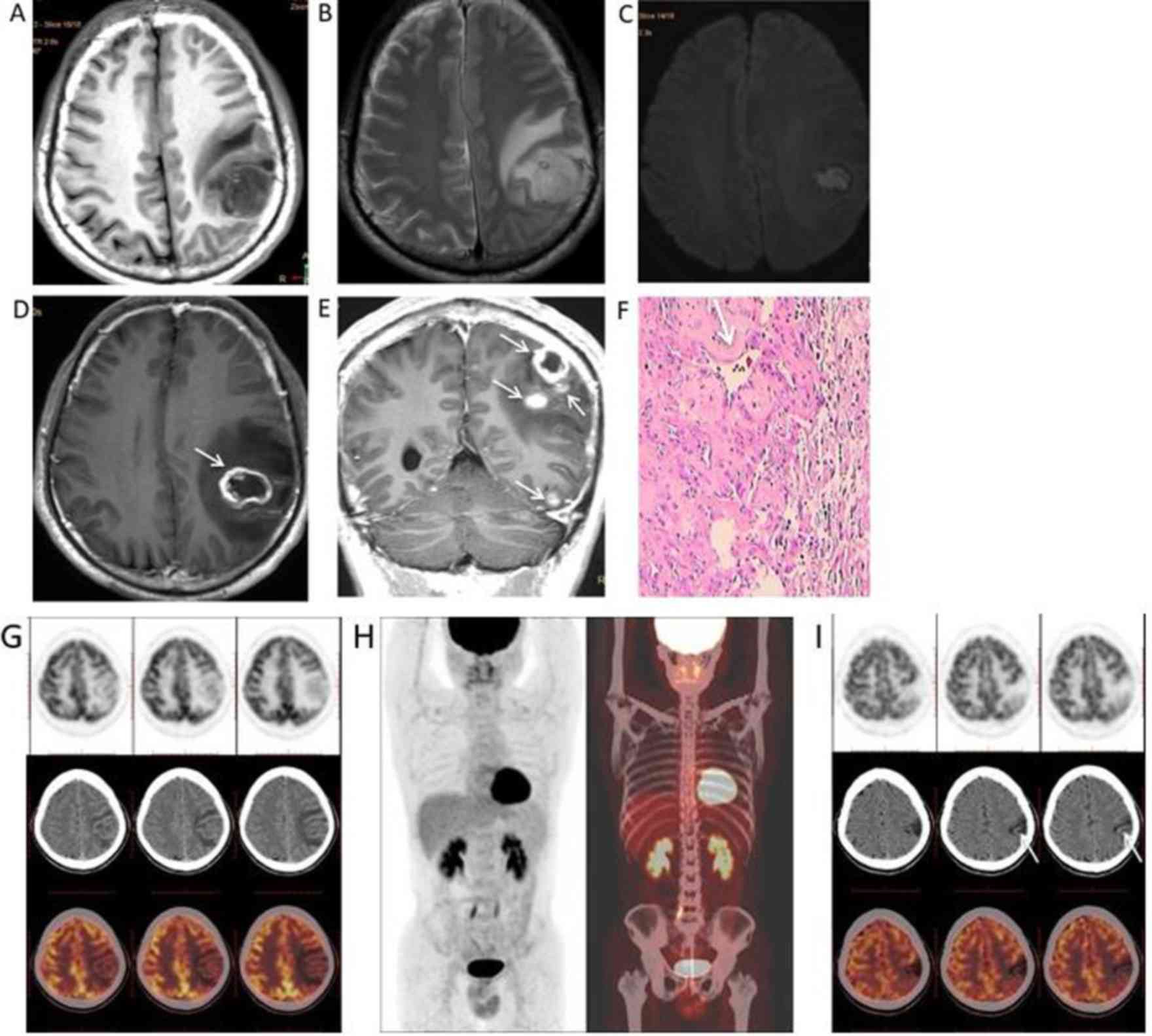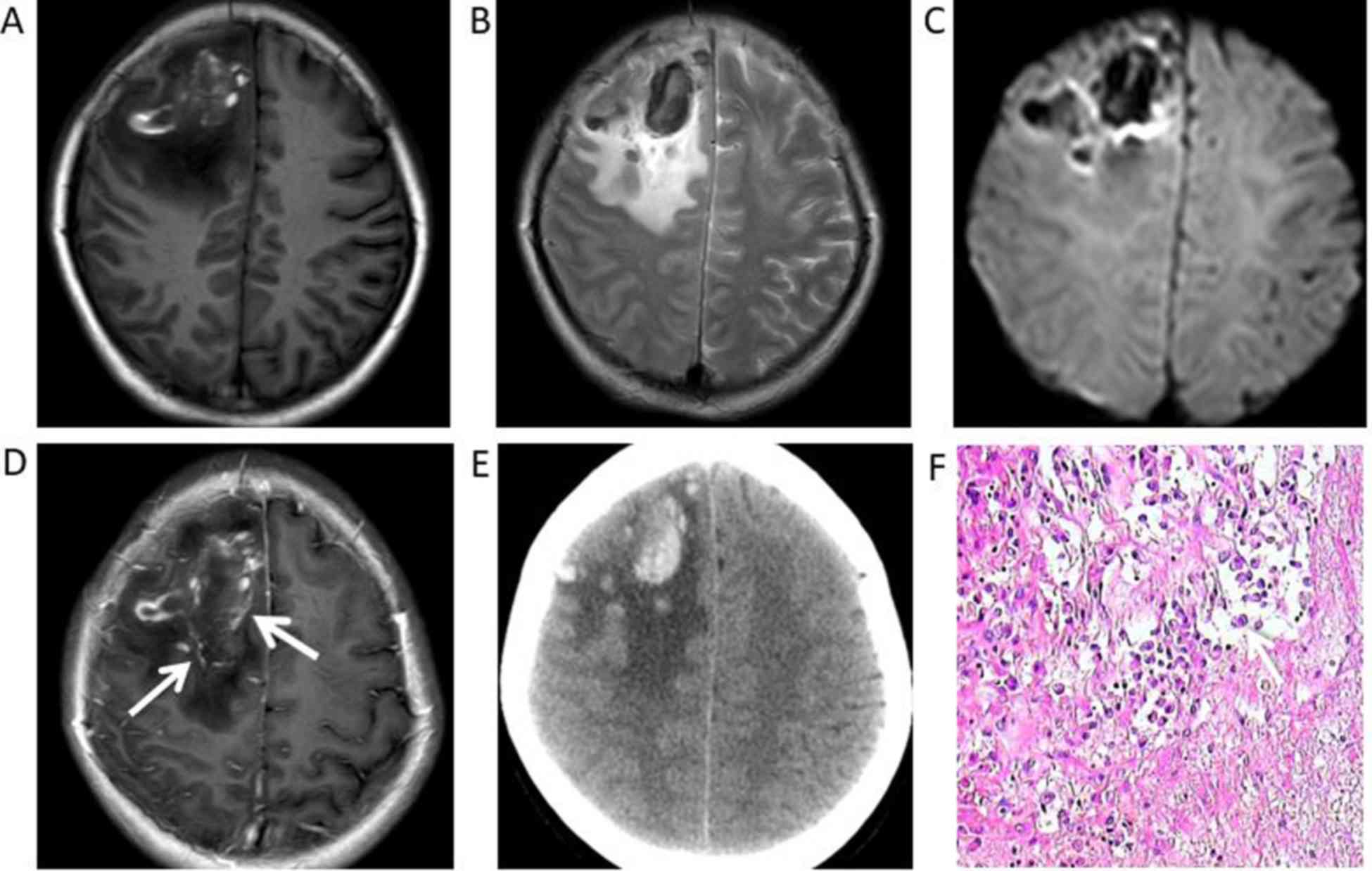|
1
|
World Health Organization (WHO), . WHO
guidelines for the treatment of Treponema pallidum
(syphilis)WHO; Geneva: 2016, https://www.who.int/reproductivehealth/publications/rtis/syphilis-treatment-guidelines/en/
|
|
2
|
Grillova L, Jolley K, Šmajs D and
Picardeau M: A public database for the new MLST scheme for
Treponema pallidum subsp. pallidum: Surveillance and
epidemiology of the causative agent of syphilis. Peer J.
6:e61822019. View Article : Google Scholar : PubMed/NCBI
|
|
3
|
Newman L, Rowley J, Vander Hoorn S,
Wijesooriya NS, Unemo M, Low N, Stevens G, Gottlieb S, Kiarie J and
Temmerman M: Global estimates of the prevalence and incidence of
four curable sexually transmitted infections in 2012 based on
systematic review and global reporting. PLoS One. 10:e01433042015.
View Article : Google Scholar : PubMed/NCBI
|
|
4
|
Gong XD, Yue XL, Teng F, Jiang N and Men
PX: Syphilis in China from 2000 to 2013: Epidemiological trends and
characteristics. Chin J Dematol. 47:310–315. 2014.
|
|
5
|
Clark EG and Danbolt N: The Oslo study of
the natural course of untreated syphilis: An epidemiologic
investigation based on re-study of the Boeck-Bruusgaard material.
Med Clin North Am. 48:613–623. 1964. View Article : Google Scholar
|
|
6
|
Roeske LC and Kennedy PR: Images in
clinical medicine. Syphilitic gummas in a patient with human
immunodeficiency virus infection. N Engl J Med. 10:11231996.
View Article : Google Scholar
|
|
7
|
Shao XF, Qiang D, Liu YH, Yuan Q, Tao J
and Ji BH: Diagnosis and treatment of cerebral syphilitic gumma: A
report of three cases. Front Neurosci. 27:1002018. View Article : Google Scholar
|
|
8
|
Xia DY, Zhu MF, Liu CG, Dai Y, Li ZB,
Jiang XC and Xu SS: Cerebral syphilitic gumma misdiagnosed as a
malignant brain tumor. J Craniofac Surg. 28:e170–e172. 2017.
View Article : Google Scholar : PubMed/NCBI
|
|
9
|
Baek HJ and Kim WJ: Cerebral gumma
mimicking a brain tumor in a human immunodeficiency virus-negative
patient: A case report. J Korean Soc Radiol. 69:181–185. 2013.
View Article : Google Scholar
|
|
10
|
Kikuchi Y, Hiwatashi A, Togao O, Yamashita
K, Momosaka D and Honda H: Cerebral syphilitic gumma mimicking
glioma: Utility of CT perfusion. Diagn Interv Imaging. 99:755–757.
2018. View Article : Google Scholar : PubMed/NCBI
|
|
11
|
Agrons GA, Han SS, Husson MA and Simeone
F: MR imaging of cerebral gumma. Am J Neuroradiol. 12:80–81.
1991.PubMed/NCBI
|
|
12
|
Fan SR and Liang LF: CDC 2015 guideline
for the diagnosis and treatment of syphilis. Chin Gen Pract.
18:3260–3264. 2015.
|
|
13
|
Nagappa M, Sinha S, Taly AB, Rao SL,
Nagarathna S, Bindu PS, Bharath RD and Murthy P: Neurosyphilis: MRI
features and their phenotypic correlation in a cohort of 35
patients from a tertiary care university hospital. Neuroradiology.
55:379–388. 2013. View Article : Google Scholar : PubMed/NCBI
|
|
14
|
Wang Z, Liu L, Shen YZ, Zhang RF, Qi TK,
Tang Y, Song W, Chen J and Lu H: The clinical and laboratory
features of neurosyphilis in HIV-infected patients: A retrospective
study in 92 patients. Medicine. 97:e00782018. View Article : Google Scholar : PubMed/NCBI
|
|
15
|
Johns DR, Tierney M and Felsenstein D:
Alteration in the natural history of neurosyphilis by concurrent
infection with the human immunodeficiency virus. N Engl J Med.
316:1569–1572. 1987. View Article : Google Scholar : PubMed/NCBI
|
|
16
|
Scatliff JH: MRI of the central nervous
system. Investigative Radiol. 26:622–623. 1991. View Article : Google Scholar
|
|
17
|
Mori K: IntroductionMori K: MRI of the
Central Nervous System. Springer; Tokyo: 1991, View Article : Google Scholar
|
|
18
|
Kimura M and da Cruz LCH Jr:
Multiparametric MR imaging in the assessment of brain tumors. Magn
Reson Imaging Clin N Am. 24:87–122. 2016. View Article : Google Scholar : PubMed/NCBI
|
|
19
|
Laughlin S and Montanera W: Central
nervous system imaging. When is CT more appropriate than MRI?
Postgrad Med. 104:73–76, 81-84, 87–88. 1998. View Article : Google Scholar : PubMed/NCBI
|
|
20
|
Fargen KM, Alvernia JE, Lin CS and Melgar
M: Cerebral syphilitic gummata: A case presentation and analysis of
156 reported cases. Neurosurgery. 64:568–576. 2009. View Article : Google Scholar : PubMed/NCBI
|
|
21
|
Bourekas EC, Wildenhain P, Lewin JS, Tarr
RW, Dastur KJ, Raji MR and Lanzieri CF: The dural tail sign
revisited. AJNR Am J Neuroradiol. 16:1514–1546. 1995.PubMed/NCBI
|
|
22
|
Tsuboi M, Nishijima T, Teruya K, Kikuchi
Y, Gatanaga H and Oka S: Cerebral syphilitic gumma within 5 months
of syphilis in HIV-infected patient. Emerg Infect Dis.
22:1846–1848. 2016. View Article : Google Scholar : PubMed/NCBI
|
|
23
|
Kikuchi Y, Hiwatashi A, Togao O, Yamashita
K, Momosaka D and Honda H: Cerebral syphilitic gumma mimicking
glioma: Utility of CT perfusion. Diagn Interv Imaging. 99:755–757.
2018. View Article : Google Scholar : PubMed/NCBI
|
|
24
|
Soda Y, Myskiw C, Rommel A and Verma IM:
Mechanisms of neovascularization and resistance to anti-angiogenic
therapies in glioblastoma multiforme. J Mol Med (Berl). 91:439–448.
2013. View Article : Google Scholar : PubMed/NCBI
|
|
25
|
Jain RK, di Tomaso E, Duda DG, Loeffler
JS, Sorensen AG and Batchelor TT: Angiogenesis in brain tumours.
Nat Rev Neurosci. 8:610–622. 2007. View
Article : Google Scholar : PubMed/NCBI
|
|
26
|
Zhang J, Liu H, Tong H, Wang S, Yang Y,
Liu G and Zhang W: Clinical applications of contrast-enhanced
perfusion MRI techniques in gliomas: Recent advances and current
challenges. Contrast Media Mol Imaging. 2017:70641202017.
View Article : Google Scholar : PubMed/NCBI
|
|
27
|
O'Leary S, Adams WM, Parrish RW and
Mukonoweshuro W: Atypical imaging appearances of intracranial
meningiomas. Clin Radiol. 62:10–17. 2007. View Article : Google Scholar : PubMed/NCBI
|
|
28
|
Lyndon D, Lansley JA, Evanson J and
Krishnan AS: Dural masses: Meningiomas and their mimics. Insights
Imaging. 10:112019. View Article : Google Scholar : PubMed/NCBI
|
|
29
|
Gupta RK, Hasan KM, Mishra AM, Jha D,
Husain M, Prasad KN and Narayana PA: High fractional anisotropy in
brain abscesses versus other cystic intracranial lesions. Am J
Neuroradiol. 26:1107–1114. 2005.PubMed/NCBI
|
|
30
|
Son HS, Kim EN, Kim SH, Yoo YR, Jung YA,
Jung SG, Hong YG, Lee YS and Choi BY: Evaluation of Glioma with
Thallium-201 Brain SPECT: The correlation with 1H MR spectroscopy
and pathology. Korean J Nucl Med. 34:465–477. 2000.
|
|
31
|
Ventura N, Cannelas R, Bizzo B and
Gasparetto EL: Intracranial syphilitic gumma mimicking a brain stem
glioma. AJNR Am J Neuroradiol. 33:E110–E111. 2012. View Article : Google Scholar : PubMed/NCBI
|
|
32
|
Maia AC Jr, Malheiros SM, da Rocha AJ, da
Silva CJ, Gabbai AA, Ferraz FA and Stávale JN: MR cerebral blood
volume maps correlated with vascular endothelial growth factor
expression and tumor grade in nonenhancing gliomas. AJNR Am J
Neuroradiol. 26:777–783. 2005.PubMed/NCBI
|
|
33
|
Fu L and Li K: Principles & clinical
application of brain PWI. Chin Comput Med Imag. 19:180–183.
2013.(In Chinese).
|
|
34
|
Britt RH, Enzmann DR and Yeager AS:
Neuropathological and computerized tomographic findings in
experimental brain abscess. J Neurosurg. 55:590–603. 1981.
View Article : Google Scholar : PubMed/NCBI
|
|
35
|
Hakyemez B, Erdogan C, Ercan I, Ergin N,
Uysal S and Atahan S: High-grade and low-grade gliomas:
Differentiation by using perfusion MR imaging. Clin Radiol.
60:493–502. 2005. View Article : Google Scholar : PubMed/NCBI
|















